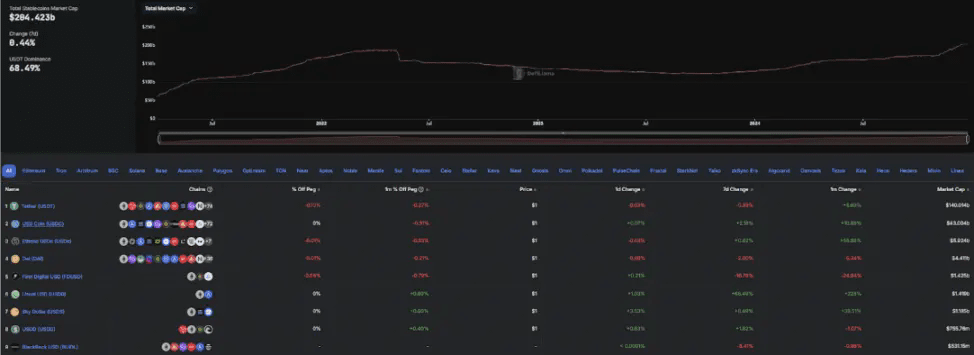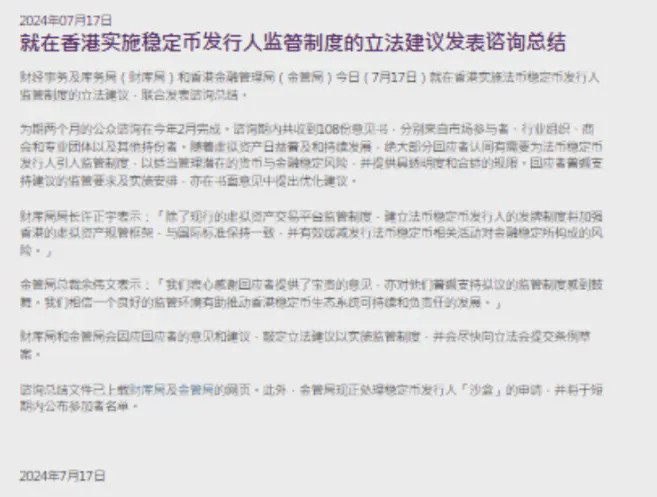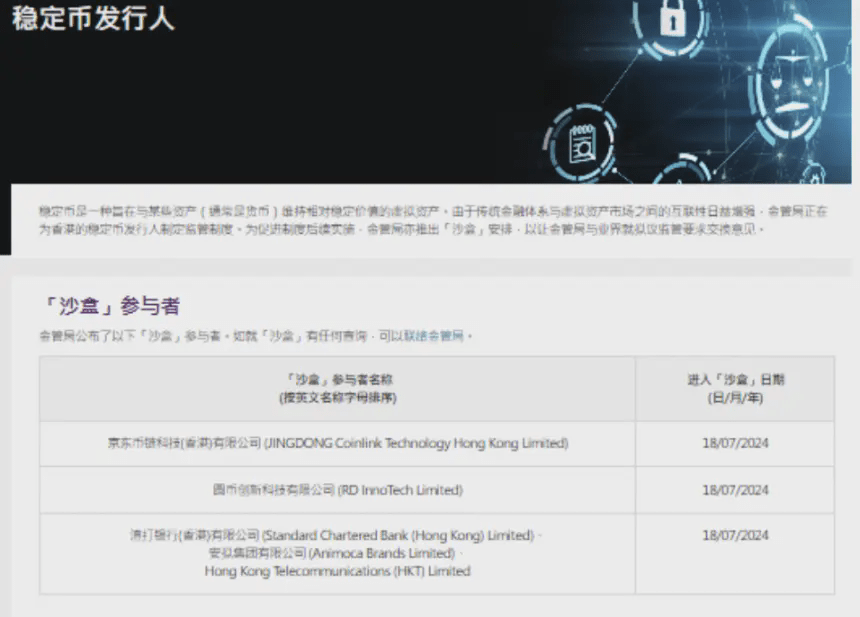Overview of Global Stablecoin Regulatory Developments
In recent years, stablecoins have rapidly risen in the cryptocurrency market, attracting significant attention from global regulators. As a type of digital currency pegged to fiat currencies or other assets, stablecoins are widely used in areas such as cross-border payments and decentralized finance due to their stable value characteristics. Particularly in the current market cycle, real-world assets (RWA) have performed outstandingly, drawing the joint attention of traditional financial institutions and Web3-native organizations, and investor interest in this sector is also growing.
With the rapid development of stablecoins, governments and international organizations around the world are introducing relevant policies to regulate this emerging financial instrument. This article will briefly outline the latest developments in stablecoin regulation across major regions globally.

United States
As one of the major markets for stablecoin development, the regulatory framework in the United States is relatively complex, involving multiple regulatory agencies. The Securities and Exchange Commission (SEC) may view certain stablecoins as securities, requiring compliance with relevant regulations. The Office of the Comptroller of the Currency (OCC), a division of the Treasury Department, allows national banks and federal savings associations to provide services to stablecoin issuers, but they must strictly adhere to anti-money laundering and compliance requirements. Currently, the U.S. Congress is discussing proposals such as the (Stablecoin Transparency Act) aimed at establishing a unified regulatory framework.
European Union
The EU's stablecoin regulation is primarily based on the (Regulation on Markets in Crypto-Assets) (MiCA). This regulation categorizes stablecoins into asset-referenced tokens (ART) and electronic money tokens (EMT), establishing corresponding regulatory requirements. Entities issuing stablecoins must obtain permission from EU member states and meet various requirements such as capital reserves and information disclosure.
Hong Kong
In July 2024, the Hong Kong Monetary Authority announced the main contents of its stablecoin regulatory framework. This framework requires companies issuing or promoting fiat-backed stablecoins in Hong Kong to obtain a license from the authority. The regulatory scope covers areas such as reserve asset management, corporate governance, risk control, information disclosure, and anti-money laundering. The authority has also launched a stablecoin issuer 'sandbox' program to promote communication with the industry. Recently, the Hong Kong government published a draft (Stablecoin Regulation), further improving the regulatory framework for virtual asset activities.
Singapore
Singapore classifies stablecoins as digital payment tokens, and their issuance and circulation require permission from the Monetary Authority of Singapore (MAS). MAS also provides regulatory sandboxes for startups to test innovative business models related to stablecoins.
Japan
Japan revised the (Payment Services Act) in 2022 to establish a regulatory framework for the issuance and trading of stablecoins. The revised law defines fully fiat-backed stablecoins as 'Electronic Payment Instruments' (EPI). Only three types of institutions—banks, money transfer service providers, and trust companies—are allowed to issue stablecoins. Institutions wishing to conduct stablecoin business must register as Electronic Payment Instrument Service Providers (EPISP).
Brazil
The Central Bank of Brazil plans to regulate stablecoins and asset tokenization by 2025. In November 2024, the central bank proposed a regulatory proposal that suggests restricting users from withdrawing stablecoins from centralized exchanges to self-custody wallets. However, this restriction may be lifted if key issues such as transaction transparency can be improved.

Outlook
As the stablecoin market continues to evolve, jurisdictions worldwide are actively exploring suitable regulatory approaches. Whether establishing regulatory sandboxes or categorizing stablecoins based on their different characteristics, more stablecoin regulatory policies will emerge in the future. It is noteworthy that cross-border payments may become one of the most widely applied scenarios for stablecoins, which will also influence future regulatory directions.
